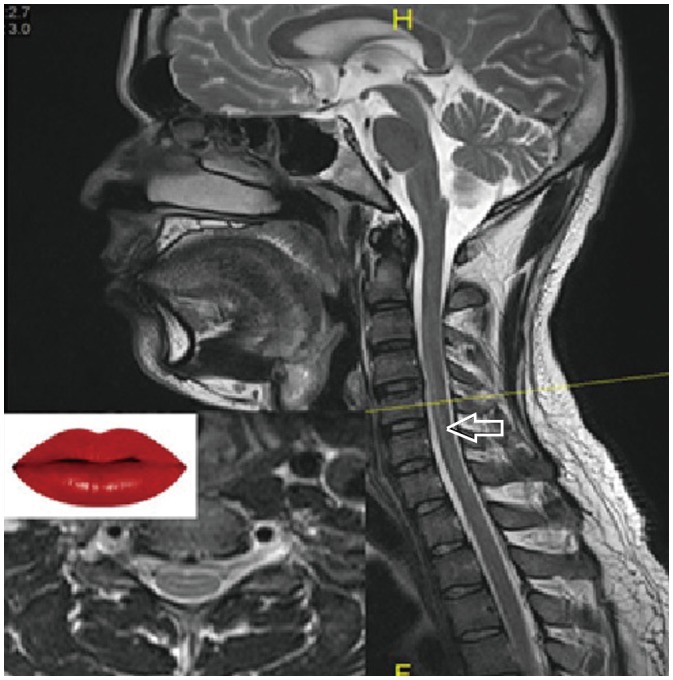Korean J Radiol.
2019 Oct;20(10):1474-1475. 10.3348/kjr.2019.0486.
The “Lip Sign†in MRI of the Spinal Cord
- Affiliations
-
- 1Department of Radio-Diagnosis, Jawaharlal Institute of Postgraduate Medical Education & Research (JIPMER), Pondicherry, India. lknagarajan1@gmail.com
- KMID: 2459166
- DOI: http://doi.org/10.3348/kjr.2019.0486
Abstract
- No abstract available.
Keyword
MeSH Terms
Figure
Reference
-
1. Krupa K, Bekiesin´ska-Figatowska M. Artifacts in magnetic resonance imaging. Pol J Radiol. 2015; 80:93–106. PMID: 25745524.
Article2. Morelli JN, Runge VM, Ai F, Attenberger U, Vu L, Schmeets SH, et al. An image-based approach to understanding the physics of MR artifacts. Radiographics. 2011; 31:849–866. PMID: 21571661.
Article3. Budrys T, Veikutis V, Lukosevicius S, Gleizniene R, Monastyreckiene E, Kulakiene I. Artifacts in magnetic resonance imaging: how it can really affect diagnostic image quality and confuse clinical diagnosis. J Vibroeng. 2018; 20:1202–1213.
Article
- Full Text Links
- Actions
-
Cited
- CITED
-
- Close
- Share
- Similar articles
-
- MR Myelography
- Significance of MRI Cord Signal Patterns in Acute Spinal Trauma
- Acute Spinal-Cord Ischemia: Evolution of MRI Findings
- Morphological Analysis of the Cervical Spinal Cord, Dural Tube, and Spinal Canal by Magnetic Resonance Imaging in Normal Korean Adults
- Spontaneous Herniation of the Thoracic Spinal Cord: A Case Report


